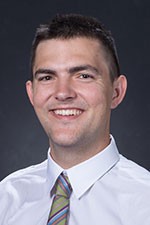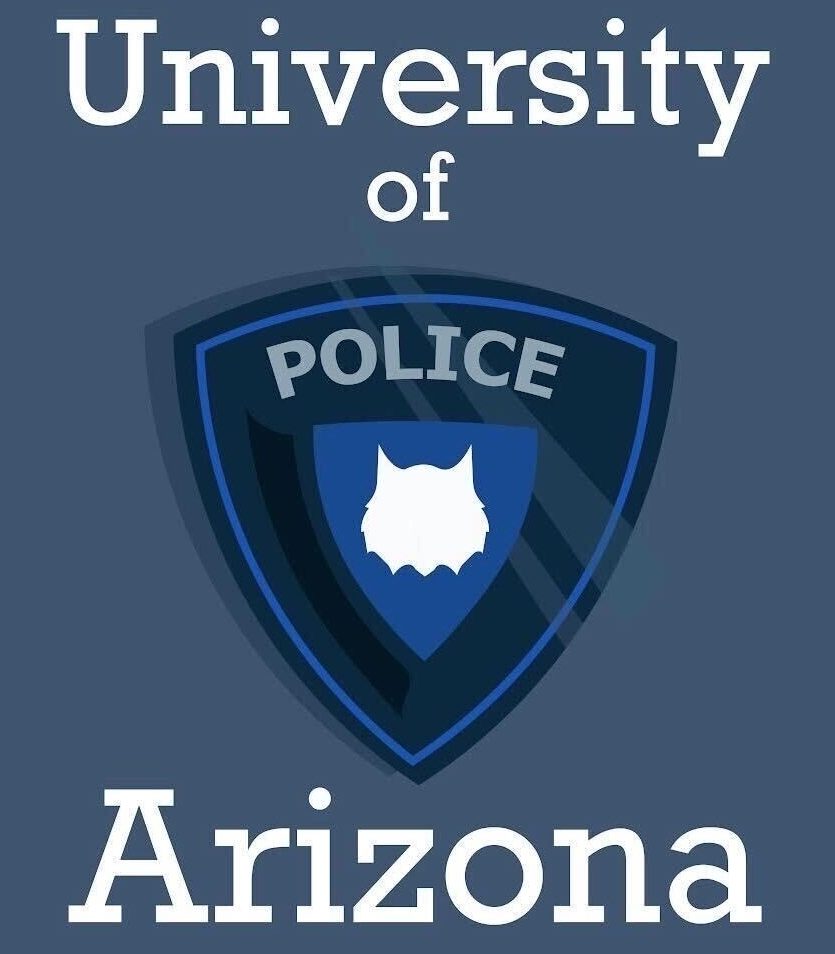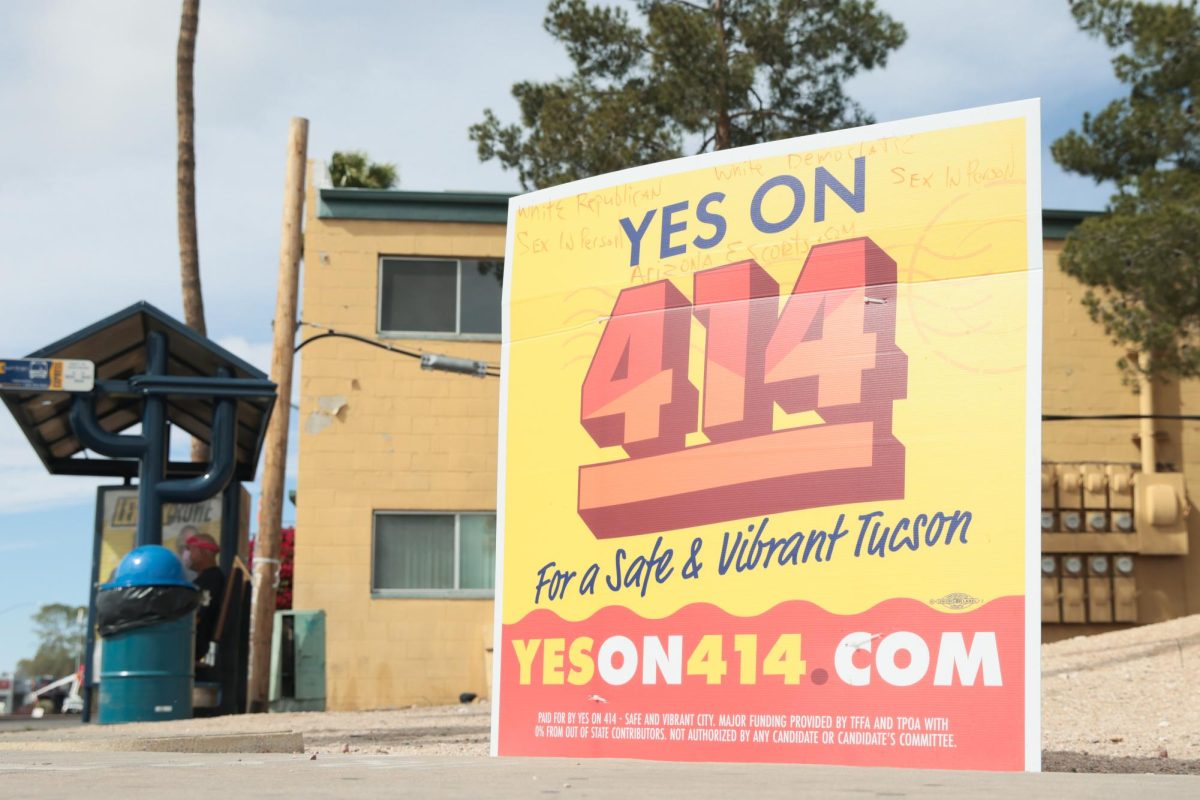Two University of Arizona College of Medicine students conducted the first statewide study on cardiac arrests in relation to opioid overdoses in Arizona and found that the percentage of cardiac arrests due to opioid overdose has increased.
The purpose of the study was to find relevant trends of “overdose-related out-of-hospital cardiac arrests,” or OD-OHCAs, compared to out-of-hospital cardiac arrests not related to overdose, according to an article the College of Medicine released regarding the study.
RELATED: UA Health Sciences study looking for ways to keep asthmatic children out of the ER
Gabriella Smith and Sam Beger, both at the UA College of Medicine in Phoenix, found that 15 people in Arizona have a cardiac arrest each day. Of those, two are linked to opioid overdoses.
“We focused on this because cardiac arrest is a large area of interest for research, especially in the emergency medical world,” said Smith, a fourth-year student. “With the growing epidemic of opioid use, we thought that we would look at out-of-hospital cardiac arrests that were caused by assumed opioid use or drug overdose and look at those trends to see if they were increasing in relation to the opioid epidemic that has been occurring all across the country.”

Smith and Beger, a second-year student, used the Arizona Department of Health Services’ out-of-hospital cardiac arrest database and validated their data through a review of emergency medical service reports, hospital records and statistics to determine whether subjects qualified for the overdose group.
“We were very methodical in determining whether an OHCA was due to overdose or not,” Beger said.
Smith and Beger said they were both surprised at how young the patients who suffered from OD-OHCAs were.
“We looked at out-of-hospital cardiac arrests versus regular cardiac arrests, and we found that the average age of a person who had an OD-OHCA was significantly younger [than expected],” Beger said.
Smith noted that an opioid dependency carried with it both financial and physical costs.
“It’s a lot of young healthy people who are having this terrible condition that leads to increased hospital costs and increased health burden,” Smith said.
Beger mentioned that while there have been many efforts to combat the state’s opioid problem, there haven’t been many significant improvements from a medical perspective.
He said that the ongoing crisis should warrant resources and attention to cardiac arrest and opioid surveillance, improved opioid prevention and treatment methods, proficiency in bystander CPR and widespread access to Naloxone, an opioid-overdose reversal agent.
Beger said that the opioid problem is multifaceted; therefore, there can’t be just one solution.
“Most of the people I experienced who were addicted to opioids started with legally purchased prescriptions, they didn’t start by shooting up heroin. They were baseball players who had an injury and were given oxycodone,” he said.
RELATED: $2.2 million federal grant helping Arizona Center for Rural Health combat opioid epidemic
Beger also said that preventing people from getting addicted to opioids in the first place is part of the solution. Many people who become addicted to opioids have chronic pain, so creating better pain management is crucial.
“I think the study goes to show that there’s a lot of tangential problems that come off the opioid epidemic,” Smith said. “Number one being dependence and addiction, but number two being that people are dying and the proportion of people dying from this is increasing. When you have a lot of research that shows this is happening and something needs to be done, it fields a lot more momentum than just stating your opinion.”
To address the ongoing opioid crisis, the UA’s College of Medicine in Phoenix created an Addiction Medicine Fellowship Program, where fellows will rotate through the Addiction Recovery Center and the Banner Behavioral Health Hospital in Scottsdale and gain experience in various forms of therapy.
Follow Priya Jandu on Twitter














